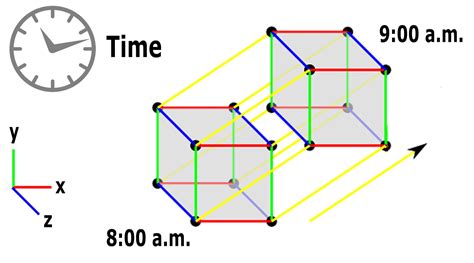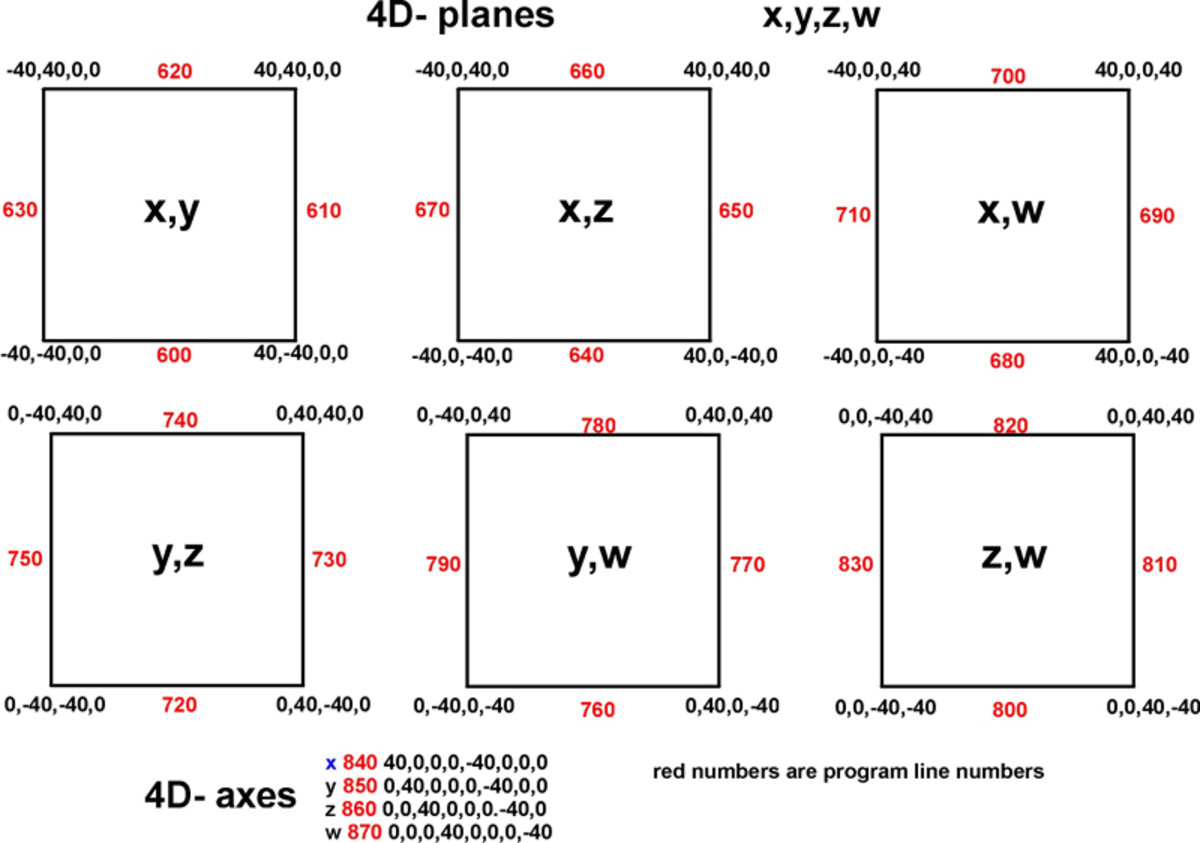4 Dimentional Tips

Understanding and navigating the complexities of 4-dimensional (4D) spaces can be a daunting task, even for those with a strong mathematical background. However, grasping the fundamentals of 4D concepts can open up new perspectives on geometry, physics, and even philosophy. In this article, we will delve into the realm of 4D, exploring its principles, applications, and the insights it offers into the nature of space and time.
Key Points
- Introduction to the basics of 4-dimensional geometry and its distinction from 3D space
- Exploration of the mathematical frameworks used to describe and analyze 4D structures
- Discussion on the physical implications of 4D space, including theories in physics that rely on higher dimensions
- Examination of the computational and visual challenges in representing 4D objects and spaces
- Insights into the philosophical and theoretical implications of considering our universe as a 4D entity
Understanding 4-Dimensional Space

To comprehend 4D space, it’s essential to start with the basics of geometry and dimensionality. In everyday experience, we perceive the world in three dimensions: length, width, and height. However, when we introduce the concept of time as a fourth dimension, our understanding of space and its interactions becomes significantly more complex. The theory of relativity, particularly Einstein’s work, shows how time and space are intertwined as spacetime, a four-dimensional fabric that combines the three dimensions of space with one dimension of time.
Mathematical Frameworks for 4D
The mathematical tools used to describe and analyze 4D spaces are based on extensions of 3D geometry and include vector calculus, differential geometry, and topology. These frameworks allow for the description of complex geometric and physical phenomena in higher dimensions. For instance, the concept of a tesseract, or an 8-cell, is a 4D analogue of a cube, with 16 vertices, 32 edges, and 8 cubic cells. Mathematical models like these help in visualizing and understanding the properties of 4D objects.
| Dimension | Description |
|---|---|
| 3D | Length, Width, Height |
| 4D | Length, Width, Height, Time |

Physical Implications of 4D Space

The concept of 4D space has profound implications in physics, particularly in theories that attempt to unify the fundamental forces of nature, such as string theory and certain models of cosmology. These theories often require the existence of more than the four dimensions we are familiar with (three dimensions of space and one of time), proposing the existence of additional dimensions beyond our direct perception. Understanding and working with these higher-dimensional models can provide new insights into the nature of the universe, from the behavior of subatomic particles to the evolution of the cosmos itself.
Computational and Visual Challenges
Representing 4D objects and spaces computationally and visually poses significant challenges. Techniques such as ray tracing, used in computer graphics, can create images that give the illusion of higher dimensions by projecting 4D shapes onto a 2D screen. Moreover, interactive tools and software that allow for the manipulation and exploration of 4D models have become essential in fields like physics, engineering, and mathematics for education and research purposes.
Philosophical and Theoretical Implications
The consideration of our universe as a 4D entity, where time is inextricably linked with the three spatial dimensions, raises profound philosophical questions. It challenges our understanding of causality, free will, and the concept of a “present” moment. Theories like eternalism, which suggest that all moments in time exist simultaneously in a four-dimensional spacetime, offer a deterministic view of the universe that is both fascinating and unsettling. These ideas have sparked debates among philosophers, physicists, and scholars, inviting a deeper exploration of the nature of reality and our place within it.
What are the primary challenges in visualizing 4D objects?
+The primary challenge lies in our biological and cognitive limitations to perceive more than three dimensions directly. However, through mathematical models, computational tools, and clever visualizations, we can indirectly explore and understand the properties of 4D objects.
How do physicists use the concept of 4D space in their theories?
+Physicists use 4D space, or spacetime, to describe the universe in theories like relativity. Some theories, such as string theory, propose additional dimensions beyond the familiar three dimensions of space and one of time, to unify fundamental forces and explain phenomena at different scales.
What philosophical implications arise from considering time as the fourth dimension?
+Considering time as the fourth dimension challenges traditional views of causality, free will, and the concept of the present. Theories like eternalism suggest all moments in time coexist, leading to a deterministic universe and raising questions about the nature of reality and human experience.
In conclusion, exploring the realm of 4D offers a fascinating journey through the intricacies of geometry, the complexities of physical theories, and the depths of philosophical inquiry. As we continue to unravel the mysteries of higher-dimensional spaces, we may uncover new insights into the fundamental nature of our universe and our existence within it. The study of 4D space is a testament to human curiosity and the unrelenting pursuit of knowledge, pushing the boundaries of what we thought was possible and inviting us to reconsider our understanding of space, time, and reality itself.



